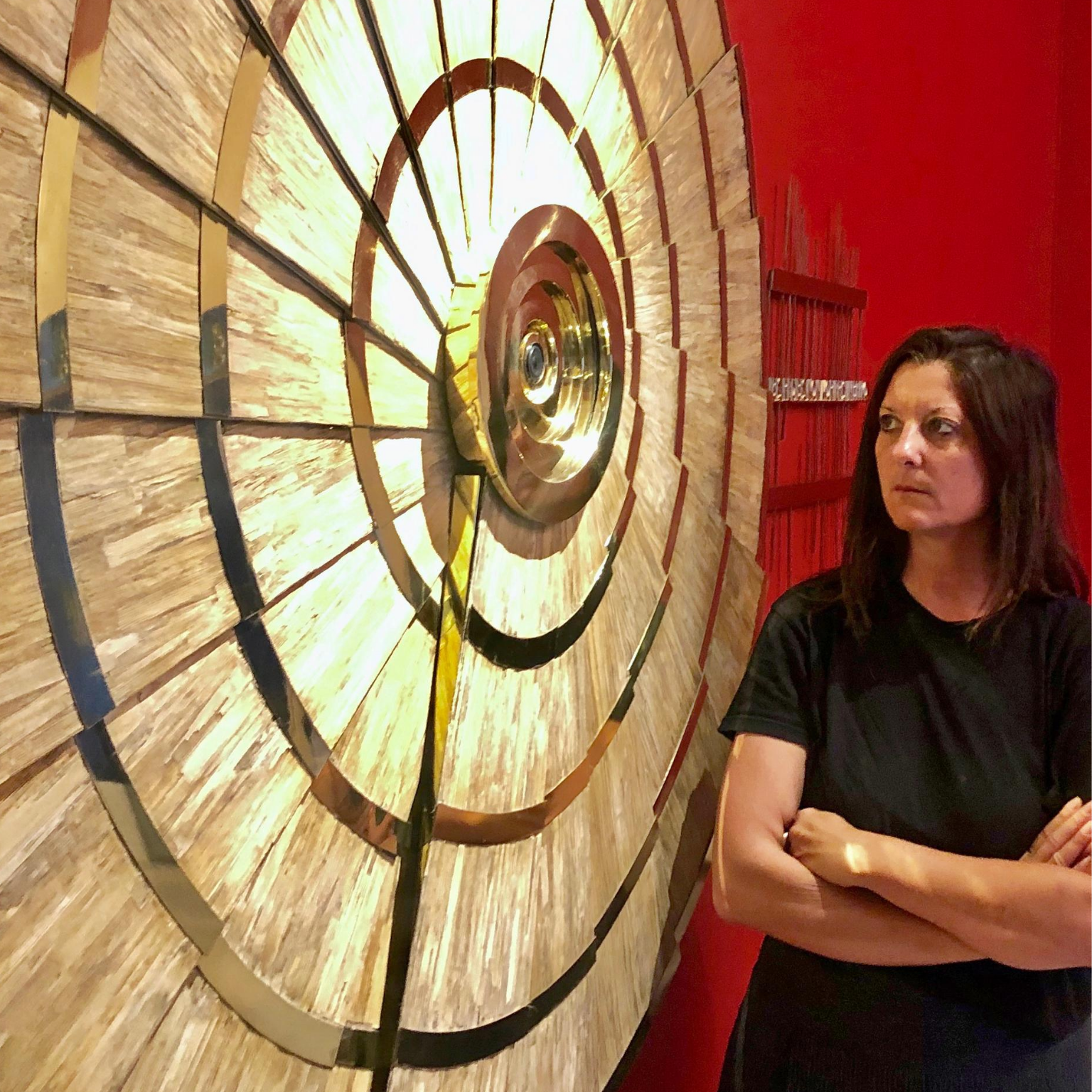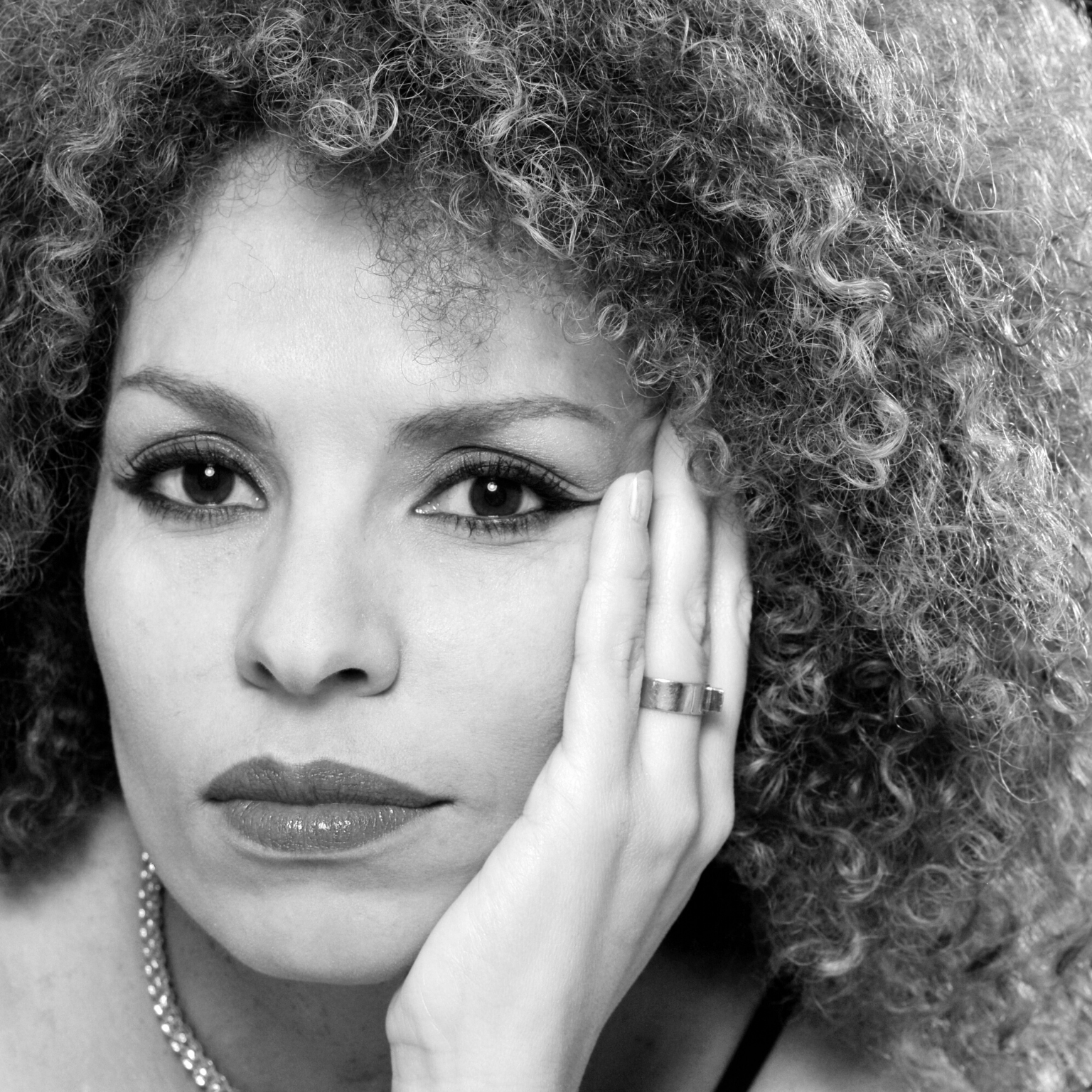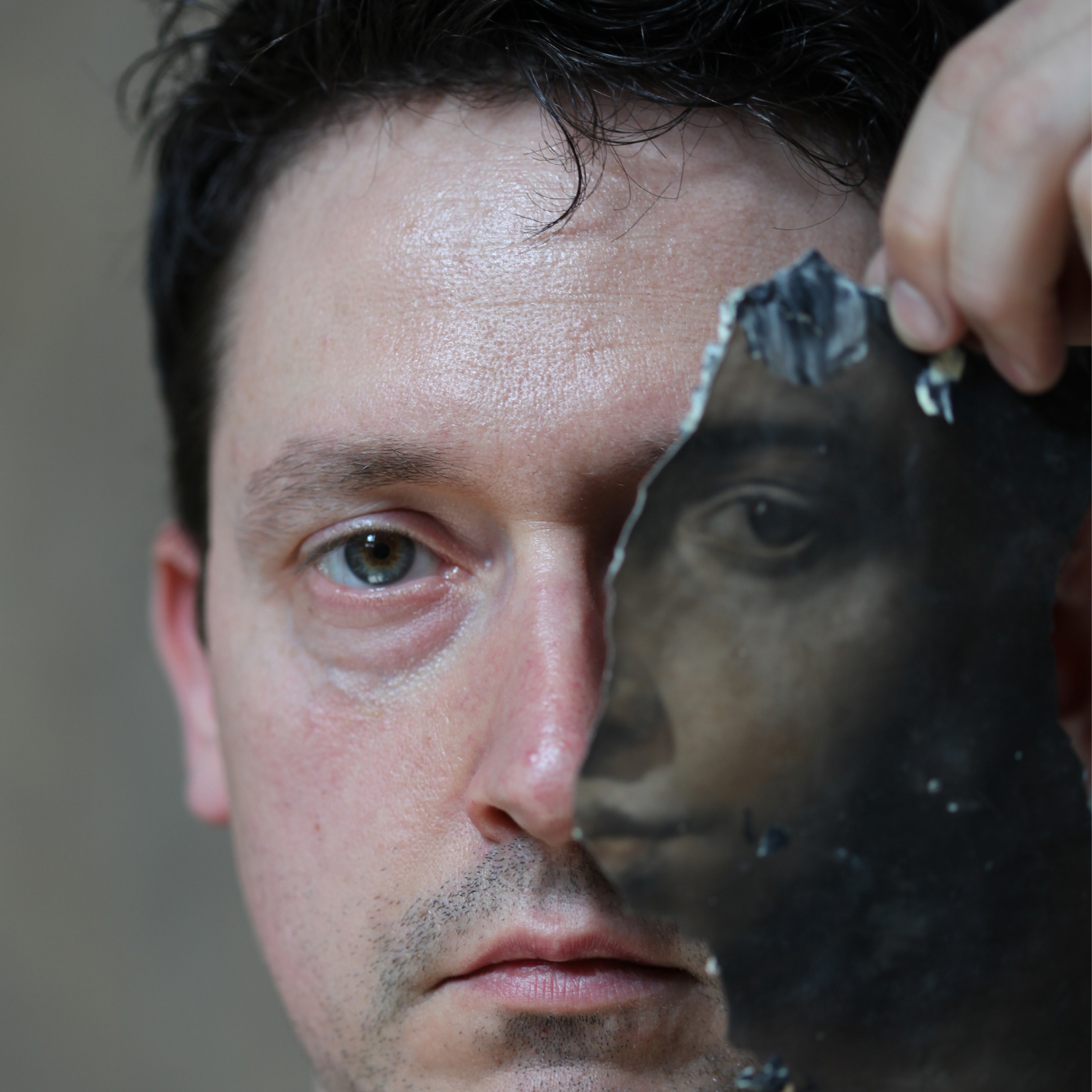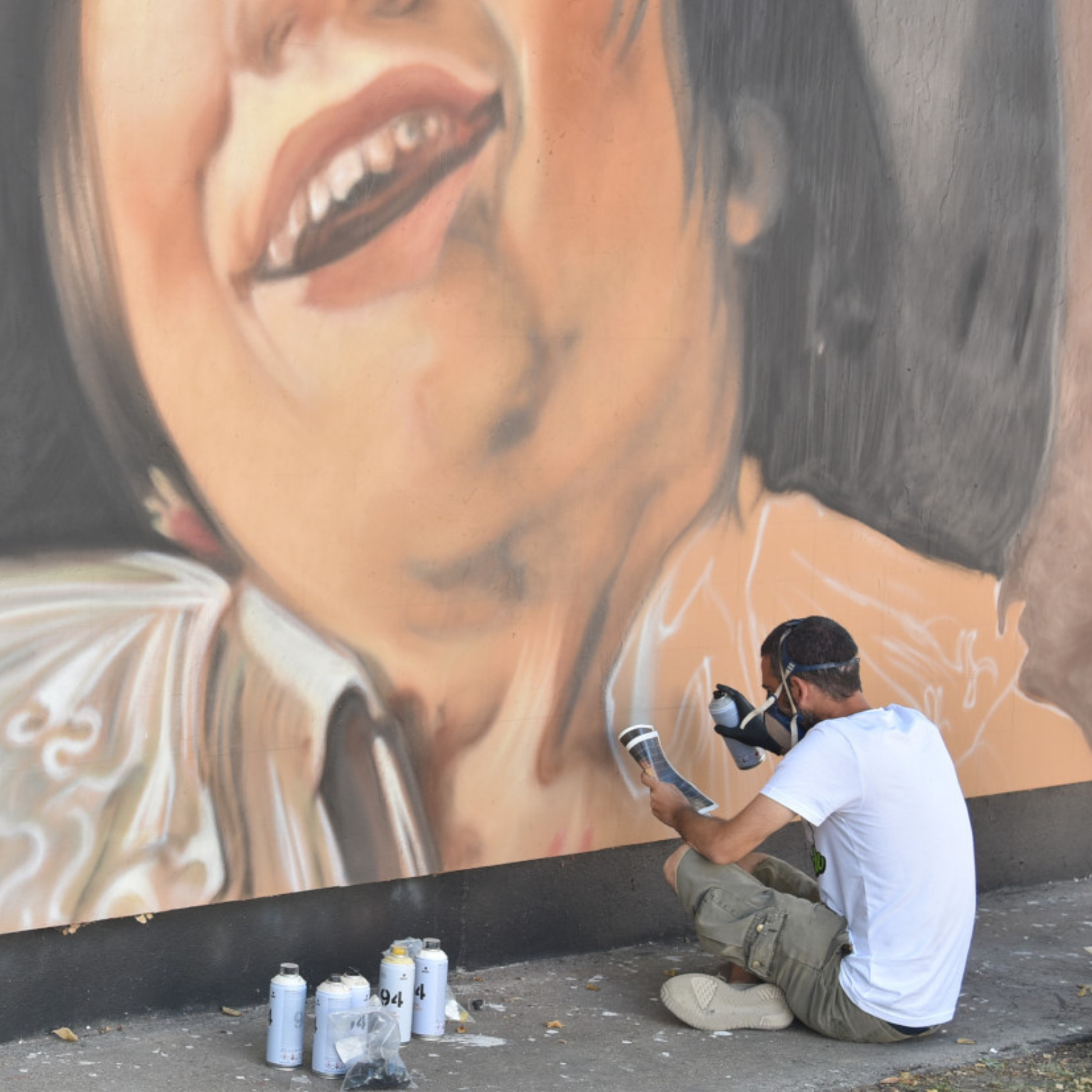Antonella Raio, visual artist from Napoli, Italy. Photography © Vittoria Di Criscio
1.In your opinion what is the role of a museum?
Containing time and its experience has always been the aim of museums. Most of the time, museums contain a time other than us, sometimes too future or too past, and this timeless dichotomy creates a departure from contemporary life. Today art, for what is happening in the world, requires concrete reflection on time and how it manifests itself in artistic production.
Museums now more than ever should allow time for reflection, for a common experimentation. I would like the artistic experience to be lived by the institutions for a possible future for everyone. In short, museums should not only consecrate the work of an artist, but create common spaces where to discuss for a journey that is not only artistic. Today more than ever we are all called to look for possible solutions, therefore to cooperate trying not to live in individualism.
2.What are your favorite museums in the world? Why?
There are many museums that I prefer, often for an architectural element: I like the line and the shape in space like MoMA, a special almost theatrical museum. Instead, for a new consideration of the museum space, at the moment I am unable to indicate innovative projects, even if I find interesting the project “Forno del pane” of the MAMbo museum in Bologna, aimed at territorial artistic resources.
There are many Italian museums that have long sought relationships with the urban context, such as the MADRE museum in Napoli, but are still places of arrival and not a path in progress.
3.How important are social networks in your business? And which platform do you prefer and why.
Social networks deprive people of the true experience of the present, changing people’s needs. I rarely love talking while I eat, I rarely love talking while working on a sculpture, I rarely speak while watching a disarming sunset, I don’t speak in many moments because I try to feel and be amazed and amazement requires being in the present. Social networks quickly transform the present into a future that creates neither wonder nor experience in sharing.
But I must say that being able to transform this aspect of sharing, no longer in a fast time without feeling, but lengthening it in an experiential wait, becomes interesting for my work. In this period I started sharing my creative path on social media, I am not interested in publishing the finished work, my interest is to make the user stop longer on the work to generate the common experience. My work has always focused on the experience of the other, and more often than not becomes the other, thanks to audio that reproduces a distant experience that transforms the creative act into a communion, into a common need.
In this way, the user waits, sees, waits for the work to reveal itself, and the longer the wait is held the more the work remains in the memory. So, by publishing my reflections, thanks to the comments on social media, paradoxically my work becomes a “common job”, and when it ends it becomes a “everyone’s job”, because it has been seen to be born, and if you see something born you can’t help but protect it you can’t forget it.
For over three years I have been working on the Guardiani21 project. It is a 45-meter cedar from Lebanon that fell out of human neglect, and the goal is to create a community of people thanks to the numbered sections of the tree. With each of these, you become part of a virtual community connected in a blog, where you can discuss the common good and how to achieve it. In particular, it is possible to decide the day when the guardians, using the pretext of reassembling the tree, can meet in different cities to recognize each other.
The tree becomes a symbol of union, which invites us to look at every single part, branches, trunk, bark and people as parts, a new, possible structure that seeks a new way of conceiving realities that can generate thoughts. This action takes place in the best way to take time, and its implementation is made public thanks to the social networks where I explain the difficulties and the processes.
I like to think that Facebook and Instagram are like a work space to create a collective artistic experience made of people. Social media in this way could provide a useful service: to bring the user closer to art without cultural and social barriers.
4.In particular, due to the coronavirus emergency, how have you changed your business on social networks?
The coronavirus emergency helped me to concert myself on human relationships, therefore also on my work that speak of human exchanges, of shared experience that suddenly passed away. We are part of the whole and we cannot reason about our social structure without understanding that we are a natural structure. I have tried and I am trying to give voice to my natural spirit, instinct, to feel close to everything and everyone, not to feel alone again if there will be another lockdown in Italy.
During the quarantine I asked myself: How is the other lost? When do you go away? The answer is simple, you get lost when you don’t show attention, relationships end if you lose attention and we are losing it. The other of us is a bacterium, a virus, a plant, a river, a lake, a hill and a bird that claims a flight. I hope art helps us to commit ourselves to talking about possible rebirths because it is time to evolve.
5.To create greater engagement among museums, artists and professionals, do you have any advice for cultural projects such as #MuseumWeek?
Proposing coworking work tables, including virtual ones, where to develop reflections, but also to show an artist’s portfolio, is certainly useful and necessary for a network of professional contacts. The Net allows us to be everywhere, without borders, but it is up to us to use this medium and I believe that #MuseumWeek, in some way, is already doing it.
Interview by Fabio Pariante, journalist
MORE
Antonella Raio social networks: Instagram − Website
Antonella Raio is an Italian visual artist from Napoli. Her art is based on perceptions, silence and the technology she uses as a means of offering new sensory experiences to the user, in particular with installations.
Her artistic production is expressed between the sacred and nature in relation to the human being and the materials that she prefers to use: silicone, latex, wood and mirrors, where even in photography, the spiritual component becomes the essence of her research artistic.
Antonella Raio lives and works in Napoli.



